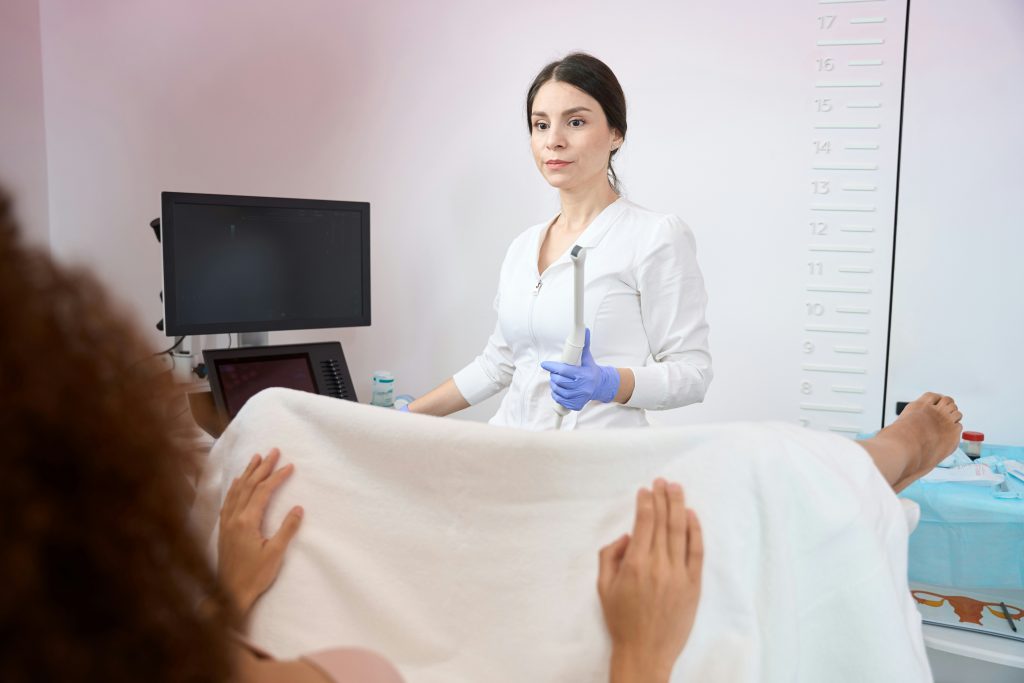Being A Man Over 30: What Do You Need to Know About Your Health?
When a man turns 30, it’s a good time for him to start paying more attention to his health and well-being. Here are some key health considerations to take into account at this stage of life:
Healthy Diet
As metabolism tends to slow down with age, it’s important to maintain a healthy diet rich in fruits, vegetables, lean proteins, and whole grains. Limiting processed foods, sugars, and unhealthy fats can help prevent weight gain and reduce the risk of chronic diseases such as heart disease, diabetes, and hypertension.
Regular Exercise
Many men in their 30s will be working in sedentary office jobs and often face unique health challenges as they spend prolonged periods sitting at desks. This lifestyle can lead to increased risks of weight gain, cardiovascular issues, and musculoskeletal problems such as back pain and poor posture. Despite the demands of their careers, finding time for regular physical activity becomes crucial for maintaining overall health and well-being.
According to the Victorian Department of Health:
“Sedentary means sitting or lying down for long periods at a time and is associated with poorer health. A person may incorporate physical activity into their day, yet can still be considered sedentary if they spend a large amount of their day sitting or lying down at work, home, or while studying, travelling or during their leisure time.”
Aim for at least 150 minutes of moderate aerobic exercise or 75 minutes of vigorous aerobic exercise per week, along with muscle-strengthening activities two or more days per week.
Regular physical activity helps maintain a healthy weight, improves cardiovascular health, boosts mood, and reduces the risk of chronic diseases.
Regular Check-Ups
If your baseline health is good, there aren’t a whole lot of additional health-related screenings or check-ups that you need to focus on in your 30s compared to your 20s.
Notwithstanding, you should schedule regular check-ups (at least once per year) with a healthcare provider to monitor blood pressure, cholesterol levels, and other important health indicators. Early detection of any issues can lead to better outcomes.
Heart Health
Pay attention to heart health by avoiding smoking, limiting alcohol intake, managing stress, and maintaining a healthy weight. Regular exercise and a balanced diet can also support heart health.
Screenings and Vaccinations
Again, there aren’t many additional health related screenings or check-ups that you need to focus on in your 30s compared to your 20s.
However, staying up-to-date with recommended screenings and vaccinations is very important. This may include screenings for conditions like prostate cancer, colorectal cancer, and sexually transmitted infections (STIs), as well as vaccinations such as the flu shot, tetanus booster, and possibly others depending on individual health history and risk factors.
It is essential to talk to your general practitioner about the recommended screenings and frequency.
Mental Health

Better Health Victoria reports that “on average, one in 8 men will have depression and one in 5 men will experience anxiety at some stage of their lives”.
While men are apparently less likely to experience anxiety and depression than women, they are also less likely to talk about it. This increases the risk of their anxiety or depression going unrecognised and untreated, which is a high risk factor for suicide.
Consequently, there are about 3,000 suicides each year in Australia, and approximately 75% of those who take their lives are men. It’s important to remember that anxiety and depression are conditions, not weaknesses, and effective treatments are available.
Prioritise mental health by managing stress, seeking support when needed, and practising self-care activities. Mental health is just as important as physical health, so it’s essential to address any concerns and seek help if necessary.
Sleep
Quality sleep is important for overall health and well-being, especially as you move into your 30s. The amount of sleep you require will vary depending on your individual needs.
The Sleep Health Foundation casts a fairly wide net for 18-64 year olds and recommends 7-9 hours per night. Whilst these hours are recommended, adults who are receiving slightly more or less may still be achieving healthy and adequate sleep.
Notwithstanding, the key is to avoid a sustained lack of sleep over a long period of time and establish a regular sleep schedule that works for your individual needs.
Create a relaxing bedtime routine to signal to your body that it’s time to wind down. Avoid caffeine, electronic devices, and stimulating activities before bed. If you’re having trouble sleeping, talk to your doctor to address any underlying issues.
Bone Health
Pay attention to bone health by consuming adequate calcium and vitamin D, engaging in weight-bearing exercises, and avoiding excessive alcohol consumption and smoking. This can help reduce the risk of osteoporosis and fractures later in life.
Testicular Health
According to Better Health Victoria:
Performing regular testicular self-examination (TSE) can help you to become familiar with the usual feel of your testicles so that you can recognise any changes, if they occur. All men should check their testicles regularly.
Around 200 Victorian men are diagnosed with testicular cancer every year, most commonly between the age of 20 and 50. This rare cancer has a high cure rate and is more easily treated in its earlier stages.
If you recognise changes in your testicles, see a doctor as soon as possible. It is a good idea to perform TSE even if you have had testicular cancer or are currently being treated for it because cancer may develop in the other testicle.
Proactive Approach
Take a proactive approach to health by addressing any concerns promptly and not ignoring symptoms or changes in health status. Regular health checks play a crucial role in this process, enabling early detection of potential health issues before they develop into more severe conditions. By committing to scheduled screenings and assessments, you can catch problems early when they are most treatable. Early intervention can often lead to better outcomes, reducing the risk of complications and enhancing the effectiveness of treatments.
Remember, a proactive stance on health is not just about responding to symptoms but preventing them.
Conclusion
Remember, individual health needs may vary, so it’s essential to consult with a healthcare provider for personalised recommendations and guidance based on specific health history, risk factors, and lifestyle factors.
Don’t wait for symptoms to appear before taking action. Schedule a consultation with Healthscreen to discuss your health needs and start on a path to better health. Taking this step can ensure that you receive the most relevant advice and care tailored just for you. Be proactive about your health by making an appointment now—your future self will thank you.























